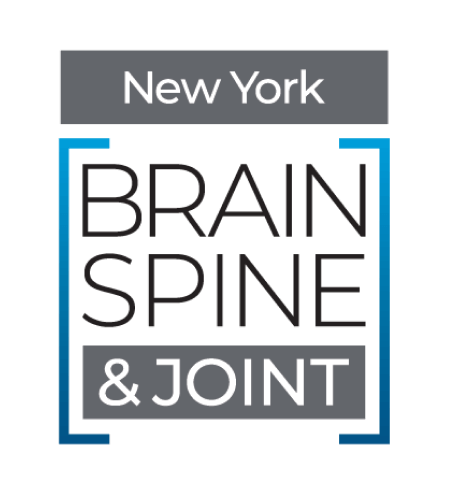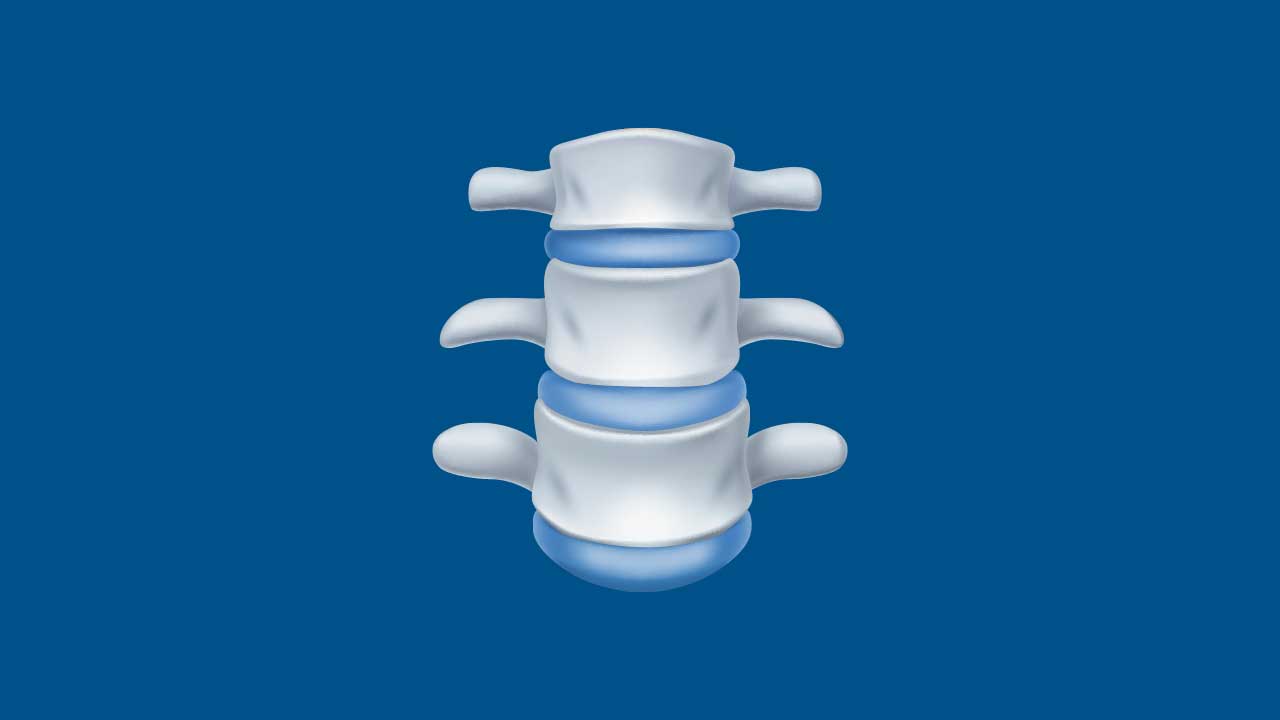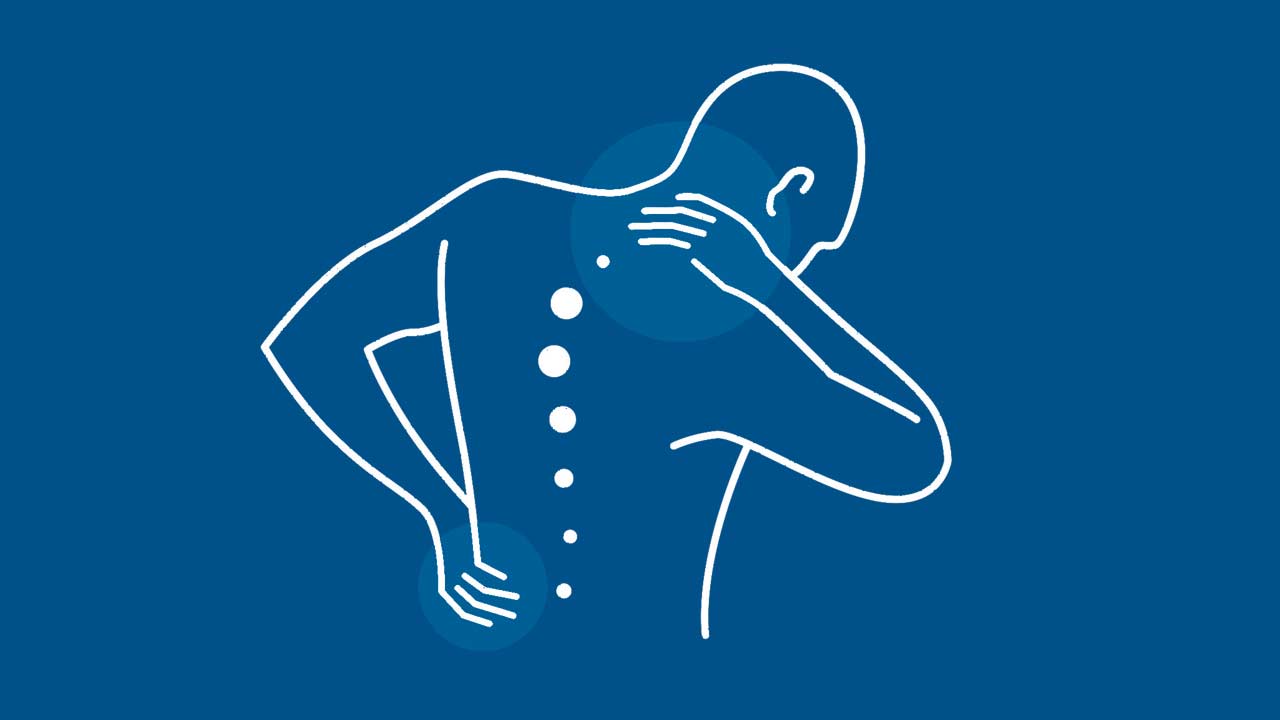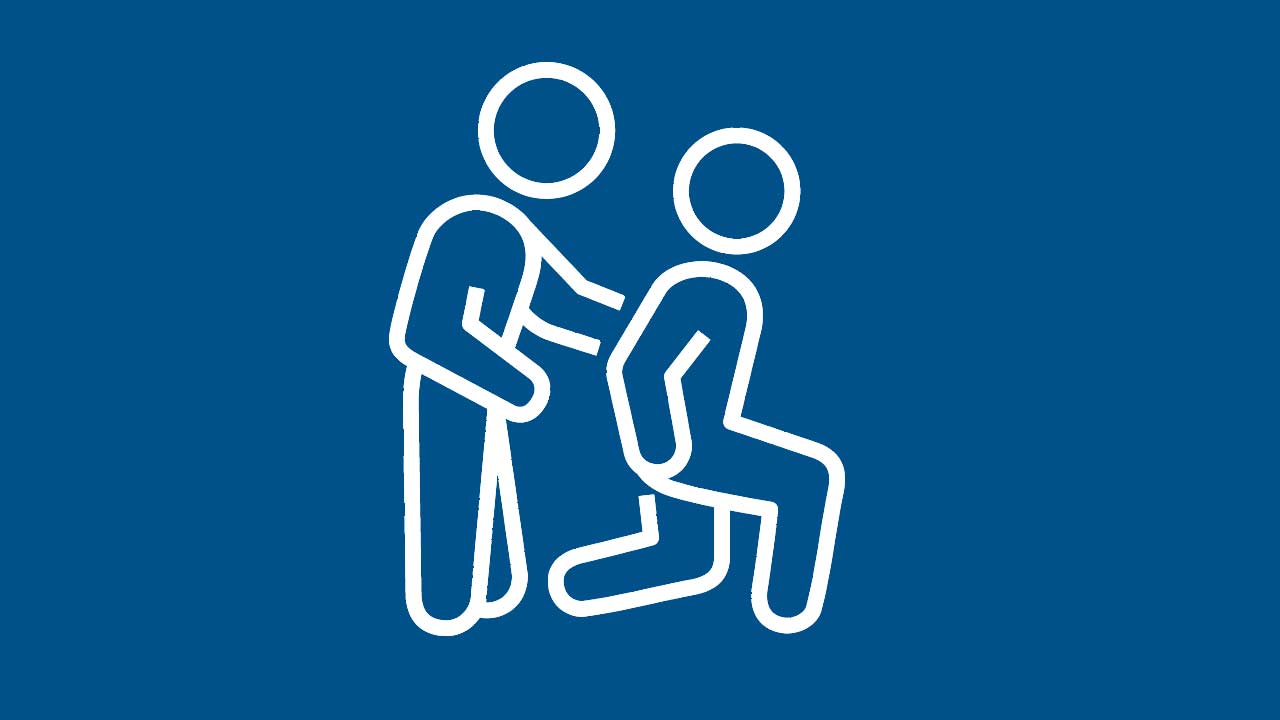Hip
Share This Page
Hip Conditions and Diseases: Understanding, Diagnosing, and Treating Disorders of the Hip
Hip disorders, including osteoarthritis, fractures, labral tears, and other structural problems, can significantly affect your quality of life by limiting mobility and causing chronic pain. Over time, these conditions may become severe enough to require surgical intervention. Understanding the causes, symptoms, diagnosis, and available treatments for hip conditions can help you make informed decisions about your health.
Understanding the Hip Joint
The hip is one of the body’s largest weight-bearing joints, crucial for supporting body weight and enabling a wide range of motion. It is a ball-and-socket joint formed by the femoral head (the upper end of the thigh bone) fitting into the acetabulum (a socket within the pelvis). Cartilage lines both surfaces to allow smooth movement and cushion the bones during activity. Any injury, disease, or structural abnormality affecting these components can result in pain, stiffness, and reduced mobility.
Common Conditions and Diseases of the Hip
- Osteoarthritis
- This degenerative joint disease occurs when protective cartilage wears away over time, leading to bone-on-bone friction.
- Symptoms include persistent hip pain, stiffness, reduced range of motion, and difficulty walking.
- Risk factors include age, obesity, joint trauma, repetitive stress, and genetic predisposition.
- This degenerative joint disease occurs when protective cartilage wears away over time, leading to bone-on-bone friction.
- Rheumatoid Arthritis
- An autoimmune disorder causing inflammation in the joint lining (synovium), eventually eroding cartilage and bone.
- Symptoms include swelling, warmth, joint pain, and loss of function, often affecting multiple joints simultaneously.
- An autoimmune disorder causing inflammation in the joint lining (synovium), eventually eroding cartilage and bone.
- Hip Fractures
- Commonly resulting from falls, osteoporosis, or traumatic injuries, especially in older adults.
- Symptoms include severe pain, inability to bear weight, swelling, and visible misalignment of the hip or leg.
- Commonly resulting from falls, osteoporosis, or traumatic injuries, especially in older adults.
- Labral Tears
- Damage to the labrum, a ring of cartilage around the socket, often caused by trauma, repetitive motions (such as sports injuries), or structural abnormalities like hip impingement.
- Symptoms include sharp pain, a "clicking" sensation in the hip, stiffness, and reduced flexibility.
- Damage to the labrum, a ring of cartilage around the socket, often caused by trauma, repetitive motions (such as sports injuries), or structural abnormalities like hip impingement.
- Hip Dysplasia
- A structural abnormality where the acetabulum does not fully cover the femoral head, leading to instability, increased wear, and eventual arthritis.
- Commonly diagnosed in younger adults or adolescents but can cause symptoms later in life.
- A structural abnormality where the acetabulum does not fully cover the femoral head, leading to instability, increased wear, and eventual arthritis.
Who Is at Risk?
- Older adults (especially women) due to osteoporosis and osteoarthritis.
- Athletes and active individuals engaging in repetitive motions (running, jumping, pivoting sports).
- Individuals with congenital or developmental hip disorders.
- Those with a family history of arthritis or hip problems.
- People who are overweight or obese, placing extra strain on joints.
Diagnosing Hip Conditions
A precise diagnosis is critical for choosing the right treatment approach. Your healthcare provider will begin with:
-
Medical History and Physical Examination: Assessing symptoms, mobility, pain levels, and joint function.
- Imaging Tests:
- X-rays: Identifying fractures, bone spurs, or signs of arthritis.
- MRI: Detailed imaging of cartilage, labrum, tendons, muscles, and ligaments.
- CT Scan: Providing precise views of bone structure, useful for complex fractures.
- X-rays: Identifying fractures, bone spurs, or signs of arthritis.
- Arthroscopy: Minimally invasive diagnostic procedure to visually inspect the joint and perform minor repairs.
Non-Surgical Treatment Options
In early or moderate stages, non-surgical treatments can effectively manage symptoms and maintain mobility:
- Pain Management:
- Over-the-counter NSAIDs (ibuprofen, naproxen) or acetaminophen.
- Prescription medications or corticosteroid injections for severe inflammation.
- Over-the-counter NSAIDs (ibuprofen, naproxen) or acetaminophen.
- Physical Therapy:
- Strengthening exercises targeting hip stability and mobility.
- Gentle stretching and flexibility training.
- Strengthening exercises targeting hip stability and mobility.
- Lifestyle Modifications:
- Weight management to reduce stress on the hip.
- Using assistive devices (canes, walkers) to improve mobility and balance.
- Weight management to reduce stress on the hip.
When Is Surgery Needed?
Surgery may become necessary when conservative treatments fail, or the damage to the joint significantly impacts daily life, mobility, or independence.
Common Surgical Treatments:
- Total Hip Replacement (Arthroplasty): Removing damaged joint surfaces and replacing them with prosthetic components, dramatically improving pain and mobility.
- Hip Resurfacing: An alternative to total hip replacement, preserving more bone and suitable for younger, active patients.
- Arthroscopic Surgery: Minimally invasive procedure to repair labral tears, remove loose cartilage, or address hip impingement.
- Hip Fracture Repair: Surgical fixation using screws, plates, or rods, especially crucial for elderly patients to restore mobility quickly.
Recovery and Rehabilitation
- Immediate postoperative care involves pain management and supervised mobilization to prevent complications.
- Physical therapy begins soon after surgery, emphasizing strengthening, flexibility, balance, and functional mobility.
- Long-term recovery involves regular follow-ups to monitor progress and ensure the joint remains stable and functional.
Preventing Hip Conditions and Preserving Joint Health
- Regular low-impact exercise (walking, swimming, cycling) to maintain joint mobility and strength.
- Weight control to reduce joint stress.
- Proper footwear and technique for sports and physical activities.
- Early intervention for minor hip pain or injuries to prevent progression.
Our Multi-Disciplinary Approach in NYC
Our multi-location, multi-disciplinary medical practice in the New York City metro area specializes in comprehensive brain, spine, and joint care. Serving patients throughout New York state, the United States, and internationally, our collaborative team of orthopedic surgeons, neurosurgeons, physical therapists, pain specialists, and rehabilitation experts deliver personalized, cutting-edge treatments tailored to each patient's unique needs.
Frequently Asked Questions (FAQs)
- Will I immediately need hip surgery?
Surgery is typically recommended after conservative treatments fail or when hip function significantly impacts daily life. - What is the success rate of hip replacement surgery?
Hip replacement surgery has a very high success rate, significantly improving quality of life by reducing pain and restoring mobility for the majority of patients.
Additional Resources
- American Academy of Orthopaedic Surgeons (AAOS): Hip Conditions and Treatments
- Arthritis Foundation: Hip Osteoarthritis Information
Conclusion
Hip conditions can severely limit daily activities and quality of life. However, effective treatment—ranging from conservative management to advanced surgical interventions—can dramatically improve your mobility and reduce pain. Our team in the NYC metro area is committed to guiding you through each step of your treatment and recovery, helping you regain an active, fulfilling lifestyle.
Disclaimer: This article is intended for informational purposes only and is not a substitute for professional medical advice, diagnosis, or treatment. Always consult a qualified healthcare provider for guidance on any medical condition or treatment plan.

















